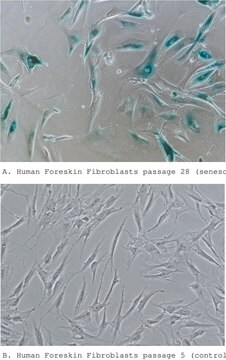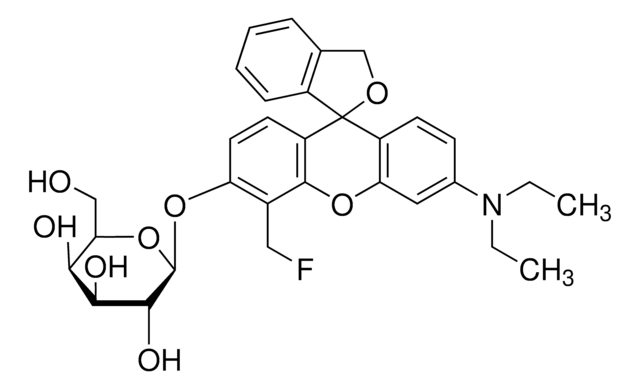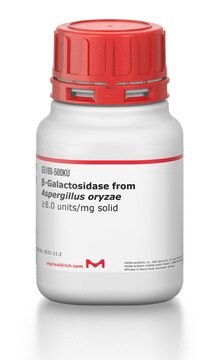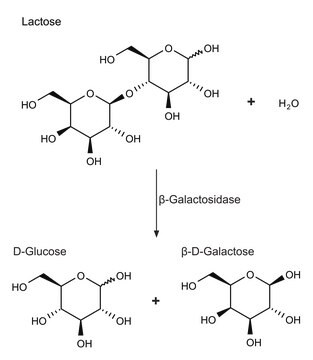GALS
β-Galactosidase Reporter Gene Staining Kit
Synonyme(s) :
β-galactosidase, LacZ
About This Item
Produits recommandés
Utilisation
kit sufficient for 100 tests (using a 3.5 cm dish)
Niveau de qualité
Technique(s)
microbe id | staining: suitable
Conditions d'expédition
dry ice
Température de stockage
−20°C
Description générale
Application
- sagittal brain sections in histoenzymology
- pancreas or colon sections in β-galactosidase reporter gene assay
- mice E10.5 -11.5 embryo and embryo sections
Autres remarques
Produit(s) apparenté(s)
Mention d'avertissement
Danger
Mentions de danger
Classification des risques
Acute Tox. 3 Inhalation - Acute Tox. 4 Dermal - Acute Tox. 4 Oral - Aquatic Chronic 3 - Carc. 1B - Eye Dam. 1 - Flam. Liq. 3 - Muta. 2 - Resp. Sens. 1 - Skin Corr. 1B - Skin Sens. 1 - STOT SE 3
Organes cibles
Respiratory system
Risques supp
Code de la classe de stockage
3 - Flammable liquids
Point d'éclair (°F)
132.8 °F
Point d'éclair (°C)
56 °C
Certificats d'analyse (COA)
Recherchez un Certificats d'analyse (COA) en saisissant le numéro de lot du produit. Les numéros de lot figurent sur l'étiquette du produit après les mots "Lot" ou "Batch".
Déjà en possession de ce produit ?
Retrouvez la documentation relative aux produits que vous avez récemment achetés dans la Bibliothèque de documents.
Les clients ont également consulté
Notre équipe de scientifiques dispose d'une expérience dans tous les secteurs de la recherche, notamment en sciences de la vie, science des matériaux, synthèse chimique, chromatographie, analyse et dans de nombreux autres domaines..
Contacter notre Service technique














